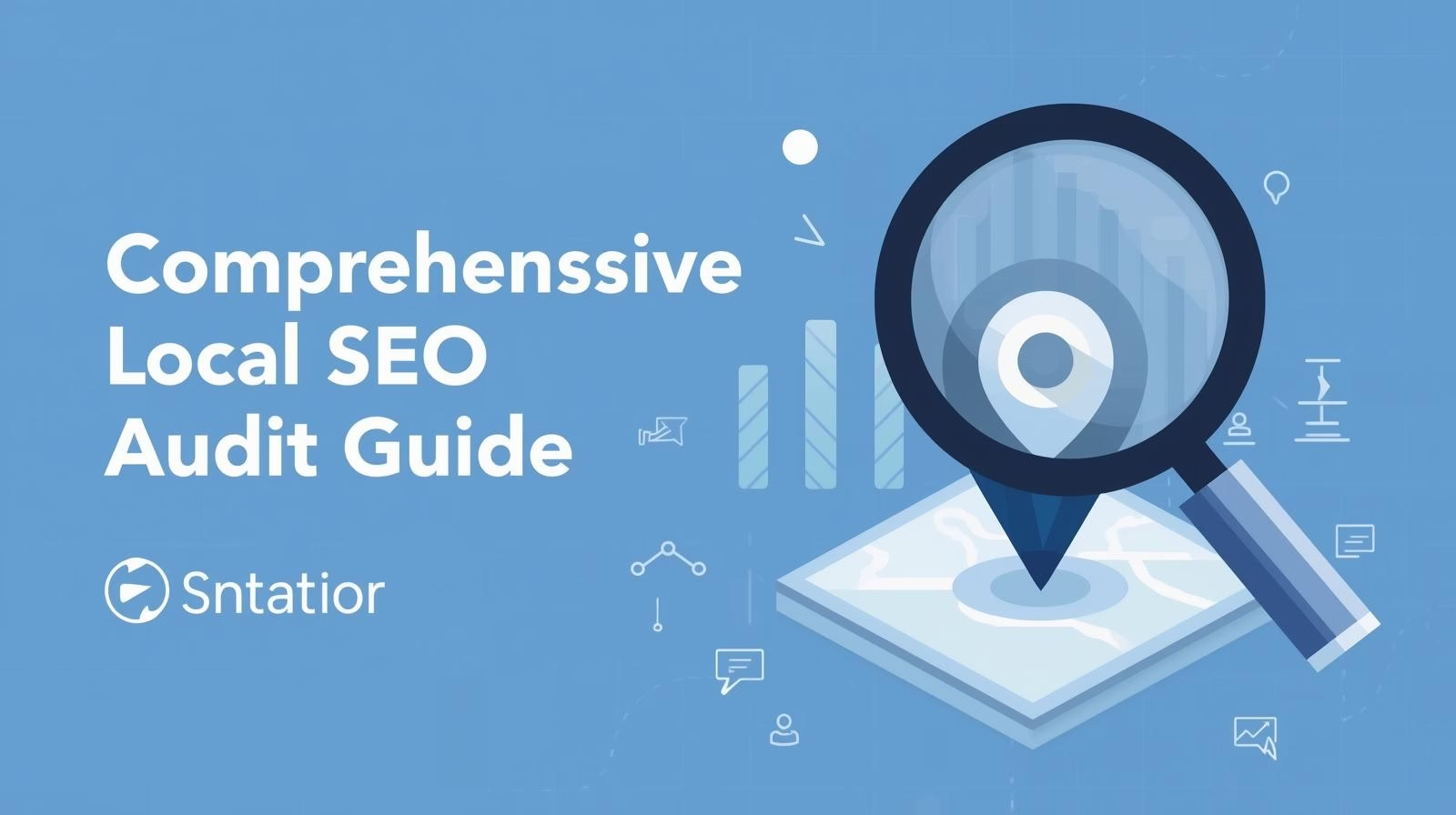You’ve invested time and effort into building your website, creating content, and maybe even experimenting with keywords. But here’s the truth: even the best websites often fail to rank well because of avoidable SEO mistakes. These errors may seem small at first, but together they can dramatically impact your site’s visibility, traffic, and growth.
In this guide, we’ll break down the most common SEO mistakes to avoid, from keyword misuse to poor technical setup, so you can identify issues, fix them, and set your website up for long-term success.
Common SEO Mistakes to Avoid
1. Ignoring Keyword Research
One of the biggest SEO mistakes is skipping keyword research. Without it, you’re essentially creating content blindfolded.
Why it’s a mistake: Targeting the wrong keywords means your content may never reach your intended audience.
Example: Writing about “shoes” when your audience is searching for “running sneakers under $100.”
Fix: Use keyword research tools like Google Keyword Planner, Ahrefs, or SEMrush to identify terms with high search intent and moderate competition. Focus on long-tail keywords for better chances of ranking.
2. Keyword Stuffing
Once upon a time, loading your content with keywords worked. Today, it’s a fast track to penalties.
Why it’s a mistake: Overusing keywords makes content unnatural, drives readers away, and signals spam to Google.
Fix: Place keywords naturally in titles, headings, introductions, and meta descriptions. Write for humans first, search engines second.
3. Publishing Low-Quality Content
Search engines reward valuable, original, and in-depth content. Thin or duplicate content is a major SEO killer.
Why it’s a mistake: Shallow articles don’t answer user queries, increasing bounce rates.
Fix: Focus on content depth, answer questions thoroughly, include examples, and provide actionable insights. Instead of 300-word posts, create 1,000+ word comprehensive guides that stand out.
4. Neglecting On-Page SEO
Even great content fails without proper on-page optimization.
Common mistakes include:
Missing title tags or meta descriptions
Not using header tags properly (H1, H2, H3)
Forgetting image alt text
Fix:
Write unique, keyword-rich title tags and meta descriptions.
Use clear headings for structure.
Add descriptive alt text to images to improve accessibility and SEO.
5. Overlooking Mobile Optimization
More than half of global web traffic comes from mobile. If your site isn’t mobile-friendly, you’re losing both users and rankings.
Why it’s a mistake: Google uses mobile-first indexing, meaning mobile performance directly affects rankings.
Fix: Use responsive design, test with Google’s Mobile-Friendly Test, and ensure buttons, fonts, and navigation work seamlessly on smaller screens.
6. Slow Website Speed
Nobody likes waiting, and neither does Google.
Why it’s a mistake: Slow-loading sites lead to high bounce rates and lower rankings.
Fix:
Compress images
Use a Content Delivery Network (CDN)
Leverage caching plugins
Choose a reliable hosting provider
7. Forgetting Internal Linking
Internal links guide both users and search engines through your content.
Why it’s a mistake: Without them, you lose the chance to pass authority and keep visitors engaged.
Fix: Add contextual links to related articles and service pages. For example, a blog on “SEO audits” should link to “technical SEO tips.”
8. Not Building Backlinks
Backlinks remain a top ranking factor, but many businesses skip them.
Why it’s a mistake: Without backlinks, your site lacks credibility in the eyes of search engines.
Fix:
Guest post on reputable sites
Create share-worthy content (guides, infographics)
Build relationships with industry influencers
9. Ignoring Technical SEO
Even strong content can fail if your site has technical issues.
Common issues include:
Broken links
Duplicate content
Poor site architecture
Missing XML sitemaps
Fix: Run regular audits using tools like Screaming Frog or Ahrefs Site Audit. Fix broken links, optimize crawlability, and keep your sitemap updated.
10. Skipping Local SEO
If you’re a business with a physical presence, ignoring local SEO is a missed opportunity.
Why it’s a mistake: You’ll lose out on customers searching “near me.”
Fix:
Claim your Google Business Profile
Use local keywords (e.g., “SEO services in New York”)
Encourage reviews from happy customers
11. Not Tracking SEO Performance
You can’t improve what you don’t measure.
Why it’s a mistake: Without analytics, you won’t know what’s working, or failing.
Fix: Set up Google Analytics and Google Search Console. Track key metrics like organic traffic, bounce rate, and conversions.
Conclusion
Avoiding these common SEO mistakes can save you time, money, and frustration. From keyword research to technical optimization, every element plays a role in boosting your rankings and visibility. Start by identifying which mistakes you’re currently making, fix them step by step, and watch your website climb the search results.
Have you made any of these SEO mistakes before? Share your experience in the comments and pass this article along to anyone who might benefit.
FAQ: Common SEO Mistakes to Avoid
1. What are the biggest SEO mistakes beginners make?
Beginners often skip keyword research, overuse keywords, publish thin content, and forget about technical SEO basics like site speed and mobile optimization.
2. How can I fix SEO mistakes on my website?
Run an SEO audit with tools like Ahrefs, SEMrush, or Google Search Console. Identify issues such as broken links, missing meta tags, or duplicate content, and fix them systematically.
3. Does keyword stuffing still work for SEO?
No. Keyword stuffing is outdated and can harm your rankings. Focus on natural keyword placement and writing valuable content for readers.
4. Why is technical SEO important?
Technical SEO ensures search engines can crawl and index your site properly. Without it, even the best content may not rank.
5. How often should I audit my website for SEO mistakes?
At least once every 3–6 months. Regular audits help catch errors early, especially after major Google algorithm updates.


